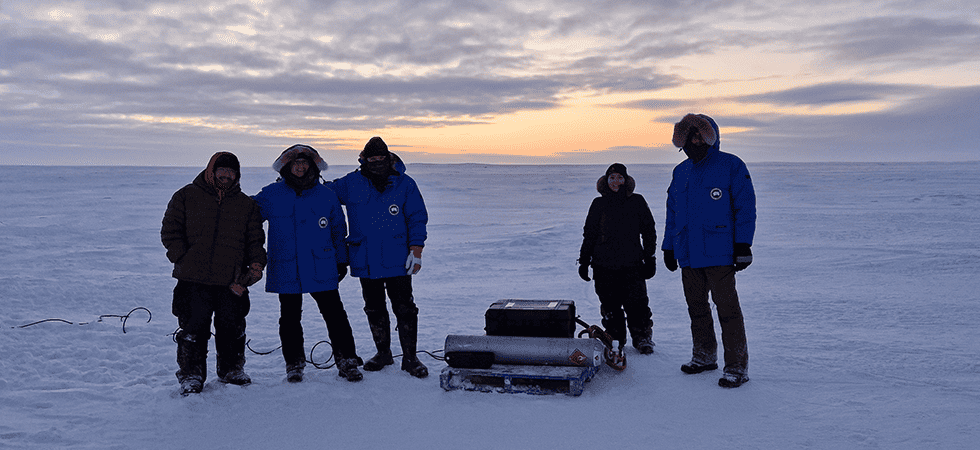
The exploration of geoengineering methods to refreeze the Arctic includes a variety of innovative techniques. One such method is Arctic Reflections, a Dutch start-up experimenting with pumping seawater onto strategic locations to create a protective ice layer. Another proposed technique involves scattering glass beads on snow surfaces to reflect sunlight, thereby reducing heat absorption.
Challenges and criticism
Despite their innovative nature, these techniques are not without criticism. Some experts argue that geoengineering could divert attention from essential decarbonization efforts and have unforeseen negative consequences. Martin Siegert, a climate scientist at Imperial College London, described the discussion around geoengineering as “absolutely insane,” highlighting the potential risks and the need for caution.

Growing momentum in the scientific community
Despite these criticisms, polar geoengineering is gaining traction within the scientific community. In December 2023, NASA climate scientist Ken Mankoff organized a workshop to discuss these potential interventions. Mankoff emphasized the urgency of addressing the effects of climate change, noting that there is more agreement than disagreement among polar scientists on the need for immediate action.
Practical and regulatory hurdles
Implementing geoengineering techniques faces significant practical, political, and regulatory challenges. Proposed interventions, such as underwater curtains to block warming currents or drilling boreholes in ice sheets, must navigate complex international regulations and logistical barriers. Moreover, the effectiveness and long-term impacts of these methods remain uncertain.
The role of Arctic studies
Studies on Arctic soil CO2 flux, such as those conducted in the Taimyr Peninsula, Siberia, provide valuable insights into the region’s environmental changes. Increased soil CO2 flux rates, correlated with warming temperatures and permafrost degradation, underscore the urgency of addressing Arctic melting. Researchers, including Alexey Panov and Anatoly Prokushkin, have highlighted the fine-scale variability of these fluxes and their potential impact on global climate dynamics.
NASA’s ARCSIX campaign
NASA’s ARCSIX field campaign is another critical effort to understand the factors influencing Arctic ice melt. This mission involves aircraft with scientific instruments flying over the Arctic Ocean to study sea ice evolution. The campaign aims to measure various factors, such as clouds, aerosols, and the ice’s surface properties, to determine their relative importance in the melting process.

